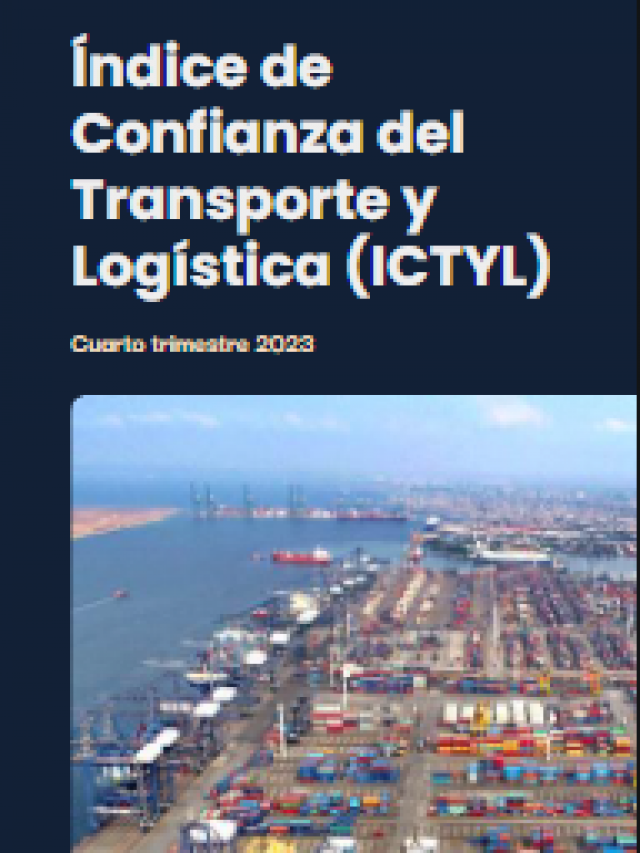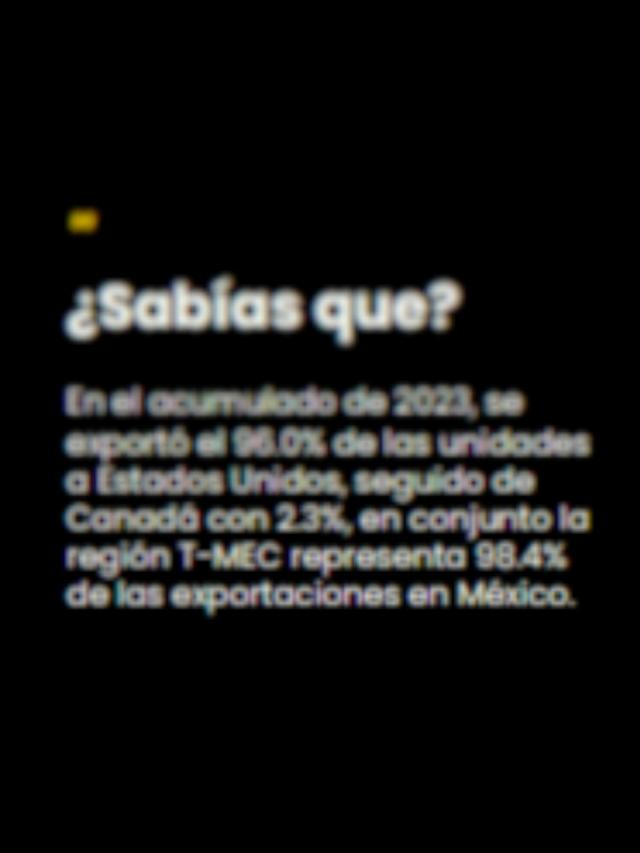
TIJUANA, BC.- Baja California Railroad (BJRR) estimates that it will have a customs office in October that will allow it to export to the United States, which will expedite cross-border crossings.
Roberto Romandía, the company’s general manager, stated that the project is currently 45% complete in terms of infrastructure to house the X-ray gamma ray equipment needed to carry out this activity.
During the panel Modernization of the Port of Ensenada, the railroad and beyond , which took place in the first edition of the Transportation and Logistics Meeting (ETYL) CALI-BAJA 2025 , he pointed out that this new building will be located in the Tijuana station, where they have five spurs with a storage capacity of up to 120 cars, including the commercial one.
“We’re going to have our own customs office. As we all know, customs sometimes get complicated, especially when there’s so much production—we have more than 1,400 maquilas—and sometimes there isn’t enough time, even for the factories’ installed capacity to cross all their merchandise. So, the next option will be the railroad,” he stated.
He mentioned that they currently handle any type of product for import, while for export they would move bulk cargo, double-stacked maritime containers, among other merchandise, which would be transported throughout the United States, connecting from San Isidro with American railroads such as BNSF and Union Pacific .
“We’re hoping to export a lot of merchandise, different products, such as Toyota cars, televisions, finished double-stacked rims, all kinds of products that can be loaded onto the rail. Samsung is one of the interested parties, and Hyundai is interested in exporting chassis. We have many interested parties, letters of intent, and they want to have a certain preference because the installed capacity is infinite. I can use maritime containers; it all depends on the product,” he said.
He explained that rail is a good option since each wagon represents five tractor-trailers, so for imports and exports, up to 60 wagons can be moved with a single locomotive, equivalent to moving 300 trucks in 35 minutes.
He also commented that this mode of transportation is one of the safest, most efficient, and most economical , as well as environmentally friendly.
“We’re an alternative, having customs at home. I invite you to witness a border crossing to see the speed of imports, and then exports,” he noted.
Punta Colonet, with potential
Similarly, Romandía pointed out that the El Sauzal port in Ensenada is an infrastructure limited by its capacity and location, however, he said that there is Punta Colonet, which has great potential for development and growth .
“We’ve been studying and working on this for more than 20 years. We’ve even acquired rights of way and land on that site for growth. That’s why I believe we can have a vision that goes much further,” he emphasized.
He explained that by joining its system that runs from San Isidro to Tecate with 71.4 kilometers (km) of track, together with the railway system of the National Port System Administration (Asipona) Ensenada, there will be nearly 200 km, plus 98 km that Punta Colonet would add, “now we are going to make a country with a very efficient integrated national railway system and with enormous potential.”
For his part, Admiral Luis Javier Robinson Portillo Villanueva, general director of Asipona Ensenada, said they are not acting unilaterally with the El Sauzal port project.
“It’s up to us to develop the port. We believe in a solution, and it would be very beneficial to develop Punta Colonet, but we’re not at the right time to do so, because together we wouldn’t even reach a third of what Long Beach handles,” he said.
Comment and follow us on X: @evandeltoro / @GrupoT21















